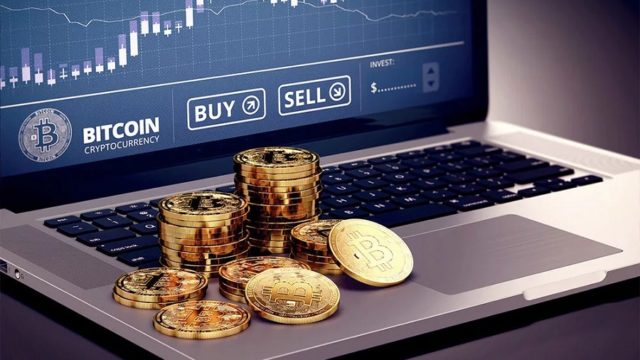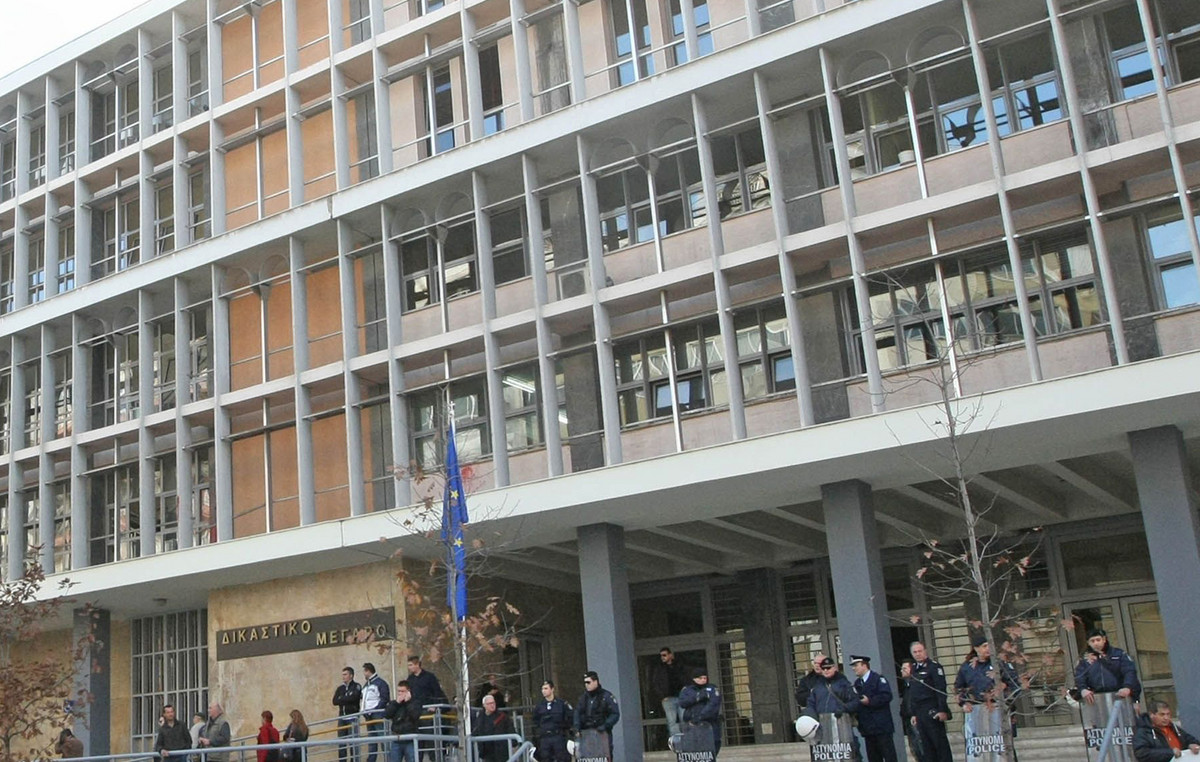- The Euro recovers ground against the Dollar.
- Stock markets in Europe extend weekly losses.
- EUR/USD reaches daily highs and is approaching the 1.0600 level.
- The US Dollar Index DXY seems well supported at 106.00.
- Markets continue to digest comments from Fed Chairman Jerome Powell.
The Euro (EUR) manages to gain some bullish momentum against the US Dollar (USD), leading EUR/USD to approach the key 1.0600 zone during the European session on Friday.
Meanwhile, the DXY Dollar Index gives up the initial advance and returns to the low 106.00 zone amid some corrective pullback in US yields across the curve and some recovery in risk appetite sentiment.
Keeping the focus on monetary policy, investors anticipate that the Federal Reserve (Fed) will maintain its current stance of not changing interest rates at the November meeting, a view that was reinforced by Jerome Powell’s comments on Thursday.
Meanwhile, participants in financial markets are reflecting on the possibility that the European Central Bank (ECB) will suspend monetary policy rate increases, despite inflation levels above the entity’s target and growing concerns about the risk of economic slowdown or stagflation in the European area.
The European calendar will be empty on Friday.
There are also no data releases scheduled across the Atlantic, although investors are expected to follow speeches by Cleveland Fed President Loretta Mester and Philadelphia Fed President Patrick Harker.
Daily summary of market drivers: Euro appears firm and shifts focus to 1.0600 region
- The Euro strengthens slightly against the Dollar on Friday.
- Yields in the US and Germany are under pressure and retreat from highs.
- Investors expect the Fed to keep its interest rate unchanged in November.
- Markets expect the ECB to pause its rate hike cycle.
- Geopolitical fears continue to dominate the landscape.
- Japan’s inflation rate dropped to 3.0% in September.
Technical Analysis: Euro faces next bullish barrier at 1.0640
EUR/USD retreats from Thursday’s highs above 1.0600 and revisits the 1.0570 area on Friday.
If the uptrend continues, EUR/USD could face the October 12 high at 1.0639, before reaching the September 20 high at 1.0736 and the crucial 200-day SMA at 1.0817. Breaking above this level could signal a push towards the August 30 high at 1.0945, ahead of the psychological level of 1.1000. If it continues to rise, it could retest the August 10 high at 1.1064 before the July 27 high at 1.1149 and possibly the 2023 high at 1.1275 seen on July 18.
If the selling trend returns, the 2023 low of 1.0448 on October 3 looms as the immediate support zone ahead of the 1.0400 round level. If this zone is broken, the lows of 1.0290 (November 30, 2022) and 1.0222 (November 21, 2022).
As long as EUR/USD continues below the 200-day SMA, there is a possibility of continued bearish pressure.
Frequently asked questions about the Euro
What is the Euro?
The Euro is the currency of the 20 countries of the European Union that belong to the euro zone. It is the second most traded currency in the world, behind the US dollar. In 2022, it accounted for 31% of all foreign exchange transactions, with an average daily volume of more than $2.2 trillion per day.
EUR/USD is the most traded currency pair in the world, accounting for an estimated 30% of all transactions, followed by EUR/JPY (4%), EUR/GBP (3%) and EUR/AUD (2% ).
What is the ECB and how does it influence the Euro?
The European Central Bank (ECB), headquartered in Frankfurt, Germany, is the reserve bank of the euro zone. The ECB sets interest rates and manages monetary policy
The ECB’s main mandate is to maintain price stability, which means controlling inflation or stimulating growth. Its main instrument is to raise or lower interest rates. Relatively high interest rates – or the expectation of higher rates – tend to benefit the Euro and vice versa.
The Governing Council of the ECB takes monetary policy decisions at meetings held eight times a year. Decisions are made by the heads of the eurozone’s national banks and six permanent members, including ECB President Christine Lagarde.
How do inflation data influence the value of the Euro?
Eurozone inflation data, measured by the Harmonized Index of Consumer Prices (HICP), are important econometric data for the euro. If inflation rises more than expected, especially if it exceeds the 2% target set by the ECB, it is forced to raise interest rates to bring it back under control.
Relatively high interest rates compared to their peers tend to benefit the Euro, as it makes the region more attractive as a place for global investors to park their money.
How do economic data influence the value of the Euro?
Data releases measure the health of the economy and can influence the Euro. Indicators such as GDP, manufacturing and services PMIs, employment and consumer sentiment surveys can influence the direction of the single currency.
A strong economy is good for the Euro. Not only does it attract more foreign investment, but it may encourage the ECB to raise interest rates, which will directly strengthen the Euro. Conversely, if economic data is weak, the Euro is likely to fall.
The economic data for the four largest economies in the eurozone (Germany, France, Italy and Spain) are especially significant, as they represent 75% of the eurozone economy.
How does the trade balance affect the Euro?
Another important release for the euro is the trade balance. This indicator measures the difference between what a country earns from its exports and what it spends on imports during a given period.
If a country produces highly sought-after export products, its currency will appreciate due to the additional demand created by foreign buyers wishing to purchase these goods. Therefore, a positive net trade balance strengthens a currency and vice versa for a negative balance.
Source: Fx Street
I am Joshua Winder, a senior-level journalist and editor at World Stock Market. I specialize in covering news related to the stock market and economic trends. With more than 8 years of experience in this field, I have become an expert in financial reporting.







